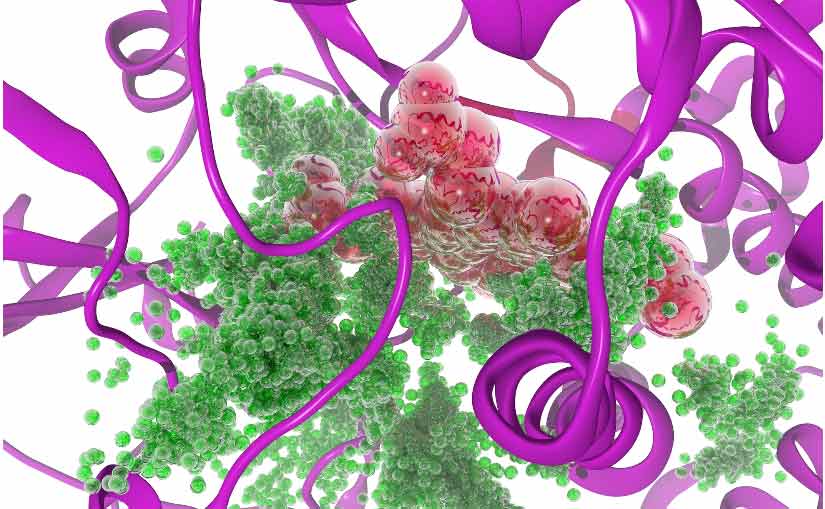This article will cover school grease trap enzymes. The American educational system is considered to have a holistic approach. It aims to develop every aspect of the student—physical, mental, social, and even spiritual. The desired result would be a well-rounded individual that is able to survive in the highly competitive world. Out there is a melting pot of different cultures, perceptions, and demeanors. You have to be well-equipped to make it.
Schools all over the United States are institutions that have been molding people since caveman days. The refined knowledge that they absorb from the school system is priceless. It is so precious that it can never be taken away by anybody. To yield the best possible results, the school administrators should be able to provide whatever the students need to function in and out of the school premises. Libraries, computer centers, gyms, auditoriums, study halls, lockers, and the cafeteria are only some of the basic amenities that schools have to nurture their students. Perhaps the most literal in nourishing the mind among all these is the cafeteria.
The school cafeteria has gained a reputation and developed a culture of its own. Many have perceived cafeteria food as one of the worst in existence. But that was years back. Many culinary experts have paved the way for the improvement o the cafeteria menu. They believed that if the future is to be bright, the children have to eat right. The food in school cafeterias have greatly improved. The health department makes sure that the people who prepare the meals know the proper balance of nutrition. There should always be the right amounts of fats, proteins, and carbohydrates in every batch of cafeteria food.
Changes in the menu have been appreciated by some students and parents. For some, the old, fat-laden, salt-stricken, and sugar-saturated food items still taste superb. Somehow, fries and burgers never left their taste bud memories. Fried chicken also mattered a lot. But no matter what menu is presented in a school cafeteria, one fact still remains—it is one of the largest contributors of FOG (fats, oils, grease) in the United States. The alarming rate of increase in FOG that’s present in the wastewater treatment system has motivated the US government to come up with the grease ordinance. This requires the school administrations to have grease traps in their areas of operation. Maintenance and treatment should be regularly given to make sure that the FOG does not overflow into the raw effluent anymore. During a FOG overflow, the FOG cools down as it rides with the wastewater through the sewers. It then solidifies and sticks to the inner pipe walls. Eventually, the raw wastewater could not flow forward anymore. Instead, it backs up into the school premises and surrounding areas, causing a lot of health and sanitation issues.
To help treat neglected grease traps, the right additive should always be considered. There are school administrations that trust school grease trap enzymes to get rid of the accumulated FOG. This could be believable if the process that happens in your own body when you eat actually happened to the FOG in the grease trap. In your body, enzymes break down every large food molecule into simpler forms so that your body will be able to assimilate it. In the grease trap, the enzymes only emulsify the FOG. This aggravates the situation because the maintenance department continue to use the school grease trap enzymes until they find out what’s really going on a bit too late. Enzymes and chemicals should not be used in grease trap treatment and maintenance anymore.
Bacteria should be the only additive used in the grease trap. These are very beneficial microorganisms because when they voraciously eat the FOG, they survive and eliminate the odors in there as well. They have no chemicals to discharge into the environment and cause pollution. Having them would be the most practical endeavor that the school administration could ever make.

